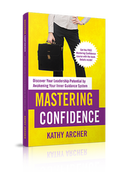|
Building Emotional Intelligence As a nonprofit woman leader, do you ever wish that you could pause a situation, rewind and pull back what you just said or did? There are certainly days that I wish that I could reverse time and have a do-over of a conversation or situation. Sometimes words seem to fall out of our mouths, and we wish we could grab them back. Understanding Emotional Intelligence As a new leader, after moving up from a front-line position to a leadership position, I was suddenly supervising my peers. Feeling unsure of myself and lacking the confidence to address issues calmly, I remember yelling at my administrative support 🤦🏼♀️ As soon as I did, I regretted it😞 I couldn't take back what I'd said. However, I learned to build my confidence and manage my emotions over time. Increasing my emotional intelligence helped me and can help you! While we can't change the past, we can slow down what is happening inside of us and positively impact what we say and how we behave, thus reducing the number of times we say or do something we regret. Doing so is all about working on building your Emotional Intelligence. It starts with learning to be aware of your emotions Someone high in Emotional intelligence, or EQ, is aware of their emotions and good at managing them. What we feel plays a key role in what we say and do. To be more tuned into what you are feeling requires you to slow down time and widen the gap between what happened and your reaction. Using the Inner Guidance Cycle helps you to do that. 🔄 Use The Inner Guidance Cycle When you PAUSE, you'll create time to PONDER and reflectively look back at past situations to see the space between an incident and your reaction to the incident. That microsecond between the two is the segment of time we want to examine first after the fact, but in time, you'll learn at the moment to be more in control of what happens in that space. When examining this gap, you want to get curious about what happened after an incident and what story you made up about that incident that caused the reaction. This is the PONDERING place where we explore thoughts, feelings and body sensations. Understanding and often changing our story is critical It is the story you told yourself, the thought that resulted in the feeling that caused you to say or do something you may regret. I use the word "story" for a reason. While we like to think of it as the truth, it's only our version of the truth. It is the story we make up based on our beliefs, values, past experiences and more. It's our perspective. When we start to change that story or shift our perspective, we move into the PIVOT stage of The Inner Guidance Cycle. These are the four steps in the Inner Guidance Cycle
Exploring the Gap Here's what is happing, often without you realizing it 👇🏻 🟦 The Incident Something happens.
🟦 Your Thoughts What we mistakenly think happens after the incident is that we react. However, this is where the gap is, after the incident but before the reaction. In that time, much transpires inside your mind and through your body. 🤔 When that thing occurred, you had a thought. Usually, it's not a conscious thought. In most cases, you aren't even remotely aware that anything happened, but it did. During this gap, you have thoughts such as:
🟦 Your body sensations The thought about the incident then creates the feeling. You experience fear, anxiety, or frustration. That feeling is felt in your body as a body sensation.
🟦 Your subsequent feelings When something happens, and we have a thought about it, as our body responds, we also have a variety of feelings. Rather than simply being mad, sad, or glad, our emotions are much more granular. We may feel:
👉🏻 Expand your Emotional Vocabulary Understanding Reactions and Responses 🟪 Your reaction It is the thought and the feeling about the incident that dictates the way you respond or react. This includes what you say and what you do. At that moment, we either react unconsciously OR if we've become more emotionally intelligent, we may choose a conscious response. Those times when the words fall out of our mouths, and we wish we could grab them back, are usually reactions. When we get angry over someone's insensitive comment, we struggle to process the thoughts and feelings attached to that hot spot they just hit. Triggered, we lash back, shut down or avoid dealing with something that should have been addressed. In essence, we fight, flight or flee. 🟪 Or your response When we use The Inner Guidance Cycle to widen that gap of time between what happened and our subsequent actions, we can first get clear on the story we are making up in our heads and our feelings attached to that story. When we do that, we have a choice to believe or alter that story. An example: Here's a personal example from one of my clients. After telling me what happened when her husband came home, we broke it down like this:
After coaching, you came up with a more Emotionally Intelligent way to respond in the future.
She knows this choice to respond this way will diffuse the situation rather than have it spiral in ways neither of them wants. Here's how you can apply it The same could be true at work. Perhaps you feel that your boss is attacking you, and your feeling backed into a corner. The reaction might be to get angry and come out fighting. Instead, by widening that gap, your subsequent thoughts and feelings can be different. 🟢 A person with high Emotional Intelligence might notice the following: "I'm feeling attacked and notice my body getting into fight or flight mode. Wait a minute. I know I'm a good person. Maybe what he's trying to say is more about the project and not me. It might be his fear of failure coming through. We are actually on the same side. I sure as heck don't want this project to fail at this either." The Inner Guidance Cycle gives you a framework to use After this thoughtful PAUSE and taking time to PONDER in our minds, we usually feel the shift of perspective, PIVOTING to a new response. PROCEEDING, we will be more in control of our emotions, words, and actions. The words that consciously come out of our mouths, rather than fall out, will move the project and the relationship forward. You can use The Inner Guidance Cycle to prepare for a tough talk with your employee! 👉🏻 Prepare for a tough talk Increased emotional intelligence gives you increased confidence You can choose your response when you are more aware, mindful and conscious. Use The Inner Guidance Cycle to increase your awareness and choice of action, increasing your Emotional Intelligence. You will not only be aware of your emotions, but you will get better at managing them. This increased awareness allows you to examine your thoughts and feelings and decide if they are true. Then, you can change them if you want fewer regrets and more feelings of confident leadership! Being more in control of your emotions helps you feel more confident as a leader. However, getting to this point takes intention, inner work, and self-reflection. In The Training Library, I purposefully create worksheets to help you do the inner work. Whether you are looking to deal with office politics, prepare for an upcoming 1-1 meeting with your employee or be more decisive, The Training Library will help you do the self-reflective work necessary to build your emotional intelligence, confidence and leadership capacity. What are you waiting for? Join The Training Library today!
0 Comments
As a nonprofit woman leader, do you sometimes find that your emotions sneak up on you suddenly, and you are afraid of losing it?
You are not alone. Many women have been hijacked by their emotions. As a result, they keep trying to shut off their emotions, leave them out of a conversation or ignore them..... 💁🏼♀️But here's the thing: it's not about having emotions. It's about being able to be in control of your emotions!
Get the Emotional Control Course Become aware of and then manage your emotions Emotionally intelligent managers kick butt over their unaware peers. These aware leaders not only know what their emotions are, but they can manage their emotions.
Emotional Intelligence enhances leadership effectiveness Leaders high in emotional intelligence rarely allow their thoughts to hijack them. Emotionally intelligent leaders don't lose their composure when someone says something that sparks their anger or annoyance. A leader in control of their internal state will be aware that they are irritated but can catch themselves before rolling their eyes 🙄 sighing, or making a sarcastic comment. How do you learn this? Individuals that have high EI are incredibly aware.
👉🏻 You need to become aware of your thoughts and feelings! Two Steps to Increase Your Emotional Intelligence Step 1 – Recognize emotions Step 2 – Manage emotions Get the Emotional Control Course Let's break it down further to see how it happens. 🟦 Antecedent - An event happens
🟦 Thought - You have a thought about that event
🟦 Feeling - You then experience an emotion
When you increase your emotional intelligence, you learn to gain control over your thoughts to regulate your emotions and subsequent behaviour. You learn to respond rather than react unconsciously. Do you know what your thought was? It's crucial to explore your thoughts in more depth and understand what's going on there. 💥Your thoughts dictate your emotions. The goal is to become aware of the thought and be able to change it if necessary. ⏸️ PAUSE so you can get clear on your thoughts You need to PAUSE and slow down time to understand your thoughts better. You must widen the gap between the stimulus and the consequential feeling. It's like putting a magnifying glass on the event and your emotion to see if you can identify the thought between the event and the emotion. 🤔 PONDER - It's time for self-reflection Gaining awareness of what is happening in that gap requires intentional thinking. You must create a routine that prompts you to reflect daily on that space between what happened and how you reacted.
Spending time journaling or completing self-reflective exercises is one of the best ways to achieve this slow-motion replay effect.
The 6 tricks to rewarding reflective journaling 1️⃣ Set aside 10 minutes every day to journal, preferably at the same time every day. 2️⃣ Eliminate distractions. Put your phone on the other side of the room. Shut your door. 3️⃣ Choose a particular event or situation you are ruminating about. 4️⃣ Write freely for the first ¾ of your time. Note the event and what happened, and your emotions. Add in the things they said or did that irritated you. Note who else was involved. 5️⃣ In the latter ¼ of your time, allow yourself to write about the thoughts that led to the emotion. Answer the question: "What did I think about this person, event, or circumstance?" 6️⃣ Use journal prompts such as these:
Do the work - Make the effort Working on this first step of bringing awareness to your emotions and feelings can be challenging. It's not something that comes naturally to us. At first, it may feel strange and awkward. However, by doing this work, you will automatically become more aware of what's happening inside you, allowing you to regain control and manage your feelings and responses to people and events. Remember, it takes time, so be patient with yourself. The effort and commitment will be worth it. p.s. What if your emotions were a gift, a blessing or even an edge in leadership? Learn how to use your emotions to your benefit in the Emotional Control course. Choice points. You have them, but are you using them to be a better leader? Choice Points 101
🟪 A choice point is... A choice point is an opportunity to choose what you are saying or not saying, what you are doing or not doing, and, most importantly, who you are being in the process of making that decision and acting on that decision. Choice points are critical for leaders to develop strong character Nonprofit leaders that lead with integrity, authenticity, and strong character lead with confidence and competence and feel in control of what is happening inside and around them. When you lead with that strength of character, you create an engaged team with meaningful relationships who do impactful work. Therefore, developing our character is fundamental to good leadership. Developing your character is multifaceted. However, one aspect that is often overlooked is the art of decision-making. Throughout your days, you encounter numerous choice points that shape how your day goes, the development of your relationships and the impact of your work. However, more often than not, we remain unaware of the existence of many of our decision points. To lead with authenticity and integrity, nonprofit women leaders must cultivate awareness of their choice points and embrace decision-making intentionality using criteria aligning with their values and goals. How unaware of your choice points are you? Far too often, you default to not really making a decision. Your decision points often go unnoticed in the hustle and bustle of daily responsibilities while running your nonprofit. They may appear inconsequential at first glance, but their cumulative impact can be profound. 🟧 The decisions we default to: We often make decisions by default. Rather than making a decision, we put our attention, focus and resources into reacting to:
When we aren't making choices... We tend to follow this path: If A happens, I do B. That's not a decision 👉🏻 Just because you get invited to a meeting doesn't mean you need to attend it. 👉🏻 Just because it came into your inbox doesn't mean you are the one to deal with it or you need to deal with it today. 👉🏻 Just because someone asks for "just a minute," you don't have to say yes. We say we are making a choice, but really we aren't deciding anything. So, when we say the choice is either I do the work or the work doesn't get done, that's not a choice. That is a victim mentality. Or if we say, either I stay late or do it in the morning. What were you deciding? Which punishment to take? It's an either/or, with neither option being optimal. They're both sides of the same coin. You've given your power away! What often happens is we're not really making a decision. Instead, we are making excuses about why we're doing what we're doing or why we are doing it. We are pointing fingers (the funder needs it), resigning to martyr syndrome (I'm the only one who can do it) or getting caught up in survival mode just running around the hampster wheel (another day...) By neglecting to recognize these decision points, we as leaders miss opportunities to cultivate our character and steer our organizations and teams in the right direction. 🙋🏼♀️ It's time to cultivate your awareness of decision points Leading with authenticity and strong character requires a shift from reactive to proactive decision-making. Instead of simply reacting to circumstances, intentional leaders make conscious choices that align with their beliefs, core values and long-term vision. 🟨 Decisions drive character development But they must be: ✅ Done deliberately ✅ Made intentionally ✅ From a place of consciousness To unlock the power of decision-making, cultivating awareness is paramount Taking time for self-reflection and introspection via The Inner Guidance Cycle allows leaders to identify decision points that might have otherwise slipped through the cracks. You can seize these pivotal moments and harness them for character development by heightening your awareness. Using The Inner Guidance Cycle to make intentional decisions When you intentionally make a decision, you must first PAUSE, slow down and then PONDER. By contemplating the paths ahead of you, you will PIVOT, realizing it is not an either/or approach, but you will see the options, opportunities and outcomes you can create. Finally, after purposefully deciding, you'll PROCEED back into action. 🟦 A choice point is an opportunity for you to choose: ✔️ What you are saying or not saying ✔️ What you are doing or not doing ✔️ Who you are being in the process 🔀 You need to develop a decision-making framework with decision-making criteria To make more intentional decisions, you need to construct a decision-making framework. This framework serves as a guide, offering a structured approach to navigating complex choices. This way, you can ensure that your decisions align with your beliefs, values, goals, and the greater purpose of the nonprofit you are leading. Your framework will include considerations to ponder when making your choice. You'll want to run your options around criteria like your beliefs, values, time, resources, strengths, interests, team pressure points, etc. Using these filters will help you choose wisely with a better sense of your current and future perspectives. 🆘 In the Decisive Decision-Making course in The Training Library, you'll find a framework you can use. Questions to ensure you are making decisions with your strengths of character When you are pondering your options, you'll want to ask these questions: Is this action/decision a statement of
It's all about the Inner Work! Learning to lead with authenticity and strong character is a transformative journey for you as you lead your nonprofits. It's a personal development journey that will profoundly affect your leadership. It requires you to grow from the inside out! By recognizing the power of choice points, cultivating your awareness of where they show up, and embracing those decision points intentionally, you can navigate your leadership with purpose and integrity. Developing decision-making criteria based on values, time, resources, interests, skills, and expectations provides a solid foundation for making better choices that align with your character and foster your growth and that of your team and organization. P.S. If you want the decision-making framework worksheet, you'll find it inside The Training Library in the course Decisive Decision Making. If your emotions frequently hijack you, you need to learn this
Do you sometimes find that your emotions sneak up on you suddenly, and you're afraid of losing them?
You are not alone! Many women leaders have had the experience of being hijacked by their emotions. But here is the thing, 👉🏻 The problem isn't that you EXPERIENCE emotions. 👉🏻 The challenge lies in being unable to control how you EXPRESS your emotions when they appear. To prevent this, you must first learn to recognize your emotions as you experience them and then manage how you express them. Another way to say that is you need to develop your emotional intelligence. It's not wrong to experience your emotions at work. Instead, when you become a more emotionally intelligent leader, you choose how and when to express your emotions. ⭐️ Just because you experience an emotion does not mean you need to express that emotion. Become aware of and then manage your emotions Emotionally intelligent managers kick butt over their unaware and emotionally incompetent peers. That sounds a bit harsh, I know. But you are emotionally unskilled when you are unaware of your emotions, cannot regulate your emotions, and have difficulty understanding and communicating feelings effectively. 👉🏻 Therefore, you are in a much better place when you are a leader who is aware of what emotions you are experiencing and able to manage how you express your emotions. That means you control how you express what you feel rather than your emotions being in control of you. Emotional Intelligence increases a leader's effectiveness An individual who is high in Emotional Intelligence rarely has their emotions hijack them. Emotionally Intelligent Leaders don't lose it when someone says something that sparks their anger or annoyance. A leader in control of what's happening inside them will be aware they are irritated but can catch themselves before they roll their eyes, sigh or have a sarcastic comment slip out. How to increase your emotional intelligence Individuals that have high Emotional Intelligence are incredibly self-aware.
Two Steps to Emotional Intelligence Step 1 – Recognize emotions 🤔 Step 2 – Manage emotion 😙 Here's what happens: 🟪 Antecedent - An event happens
🟪 Thought - You have a thought about that event.
🟪 Feeling - You then experience an emotion
🟪 Behaviour - You then react
Emotionally Intelligent managers learn to get a handle on their thoughts to control their emotions and subsequent behaviour. They learn to respond rather than react unconsciously. So rather than snapping back, writing an unnecessarily pointed email or rolling their eyes, they pause and choose how they want to express that emotion before they act. Do you know what your thought was? We want to drill deeper into the thought part and see what's happening there. That thought is directing your emotion. We want to get to the point where you are aware of the thought and can change it if needed. Getting clear on your thoughts You have to slow down time to understand better what you are thinking. Slowing down widens the gap between the stimulus and the consequential feeling. It is like putting a magnifying glass on the event and your emotion and seeing if you can see between the thought and subsequent behaviour. You want to detect what thought was there in between the event and the emotional reaction. That way, you can change the thought and thus manage your emotional response. It starts with a reflection It's hard in the moment to learn to increase your Emotional Intelligence. You must practice the skill first by looking back at what happened and reflecting on it. Increased awareness of what happened between the event and your reaction to it requires intentional thinking and slowing down the events so you can notice things you didn't see at the time. To learn to manage your expression of your emotions in the moment, you must create a routine of rewinding events and looking back to see what caused you to react in the first place. You must build in time to PAUSE and POINDER, aka go through the Inner Guidance Cycle. Start with writing Becoming more emotionally intelligent requires ongoing self-reflection and a commitment to personal growth. That starts with pondering events and reactions. The best way to get the slow-motion replay effect is to write down what happened. When you set aside a few minutes to let your thoughts and emotions flow on paper, you'll see more of what is there. Doing this writing without judgment is critical. You must let your pen just flow. The point is to see what's there that you may have missed, got hooked by, or overreacted to. ✏️ Mastering Reflective Journaling: 5 Proven Techniques 1) PAUSE: Set aside 10 minutes daily to engage in self-reflection
2) Eliminate distractions.
3) Take a moment to become present.
4) PONDER: Set a timer and write down what happened, including:
Use journal prompts such as:
5) PIVOT: To wrap up your time, see if you can identify a summary of what happened, why and what you'd like to do differently next time something similar occurs. Learn more about The Inner Guidance Cycle here Pause - Ponder - Pivot - Proceed Do the INNER work! Working on bringing awareness to your emotions and feelings can be hard work. We don't naturally go there. Initially, it will feel weird and awkward. But, the more you do it, the better chance you will have in becoming more aware of the emotions bubbling inside of you and choosing how you want to express (or not) that emotion in a way that feels more appropriate to you and the situation. Gradually you'll regain control and learn to manage your feelings and responses to people and events. It takes time. Be patient with yourself. You'll find it worth the effort and commitment when you do. P.S. If you don't like journaling, just call it self reflection 😉 Extra Resources Resources in The Training Library to help you learn effective self-reflection to develop your Emotional Intelligence ✏️ How to prepare for a tough talk ✏️ Managing Your Emotions at Work ✏️ Emotional Control Via Emotional Literacy ✏️ Quick Journaling for Effective Leadership ✏️ Staying Composed During Meetings, Conversations & Challenging Times 🙋♀️ Join The Training Library Nonprofit leaders and the people who make the organizations hum have a deep desire to impact the world positively. Creating an engaging workplace, or what my colleague and I call a Magnetic Workplace, is essential to have that impact. An engaging workplace exudes magnetic qualities. It is a workplace that fosters growth, openness, belonging, generativity, and creativity among its people. This type of workplace inspires individuals to contribute to something larger than themselves, instilling a sense of purpose and meaning in their work. At a magnetic workplace, employees know that they matter and feel cared for, which creates an environment that draws people in and fills them with energy. I introduced you to The Infinite Leadership Loop to create a Magnetic Workplace. The Infinite Leadership Loop is an infinity loop, is a continuous process of moving back and forth between, on the right-hand side, turning inwards in self-reflection and on the left-hand side, engaging with your team. The loop has the four components of the Inner Guidance Cycle on the right; pause, ponder, pivot and proceed. A 5th point, people, is on the left. To develop yourself and your team using The Infinite Leadership Loop, you will need to deliberately build a habit of purposefully ebbing and flowing between being self-reflective and engaging with the people around you. To do that, the following four building blocks of The Infinite Leadership Loop will help you.
🟨 Building Block # 1 - Curiosity is Critical The first building block towards a Magnetic Workplace is curiosity. In Magnetic Workplaces, people are openly curious about improving their impactful work, sharing their ideas and collaborating on innovative approaches.
Curiosity allows for reflection, new perspectives, and the courage to act and engage with your team. It helps to create a magnetic work environment that draws people in. When you learn to be more curious, so does your team. TIP to help you be more curious
Creating Comfortable Coaching Conversations 🟨 Building Block # 2 - Inner Work is Imperative Magnetic Workplaces prioritize the inner work of their leaders and their team members by giving them time, space, and freedom to think and reflect. This time for "inner work" allows them to think strategically, make effective decisions and improve their emotional intelligence. In most organizations, leaders and team members are constantly busy, running from one meeting to the next and dealing with crises and fires all day. To create a magnetic work environment, distractions and interruptions must be intentionally reduced, and time must be deliberately created to reflect, process, and resolve issues. Scheduling time to pause, prioritize, and proactively plan a way forward for everyone on the team is essential to improve decision-making and foster an environment of growth and development. TIP to help you make space for more inner work
📚 Resources to Help: The Pause Principle by Kevin Cashman Leadership from the Inside Out by Kevin Cashman 🟨 Building Block # 3 - Vulnerability is Vital Magnetic Workplaces encourage vulnerability because trust is grown by being open, honest and vulnerable with each other. Vulnerability is also critical for you to engage in the inner work of The Inner Guidance Cycle. It's hard to look at what triggered you, why and how you will deal with it differently without being vulnerable with yourself. Start by learning what vulnerability is (courage) and what it isn't (weakness). Then, role model courage and vulnerability. When you do, you'll create more of that sense of trust and the understanding, respect, kindness, and compassion required to develop a magnetic work environment. Tip for learning to be vulnerable Make a list of leaders you admire and what you admire about them. Look at that list for places where they demonstrate vulnerability. Use these as your role models for doing it yourself. Another great place to start is to identify and speak to your values. The Values Verification course in The Training Library helps you put voice and action to the value words you identify. 📚 Resources to Help: Daring Greatly by Brene Brown The Boy, The Mole and The Fox by Charlie Mackesy 🟨 Building Block # 4 - Movement is Mandatory Building a Magnetic Workplace requires movement and growth. These elements are necessary to create and sustain a workplace where team members feel safe to be curious, take time to do the inner work and then do the impactful work that moves their nonprofit forward. Leaders must break out of this pattern of holding on to old ways and resisting change. It's essential for leaders themselves and their people to move outside their comfort zones. Leaders must model this behaviour and create an environment where people feel safe to try, flounder and sometimes fail. Tip for learning to move into action, even when it's scary Move. Get up and move. Go for a walk or move around your office or house. Movement in your body creates movement in your mind; sometimes, that is exactly what we need to move into action with our team. Having a plan also helps you move. When you know the steps, it's easier to take them. To help you with that, try this webinar in The Training Library: How to Prepare for a Tough Talk. 📚 Resources to Help: Leadership and Self-Deception by The Arbinger Institute The Confidence Gap: A Guide to overcoming fear and Self-doubt by Russ Harris Your next steps You must create an engaging workplace to have the positive impact you desire in your workplace. An engaging workplace, also called a Magnetic Workplace, fosters growth, openness, belonging, generativity, and creativity among employees, inspiring them to contribute to something larger than themselves. You'll do that when you put The Infinite Leadership Loop into action. The continuous process of moving back and forth between self-reflection and engaging with the team helps you to process what's going on inside of you so that you can be your best self in your leadership role. Remember though:
|
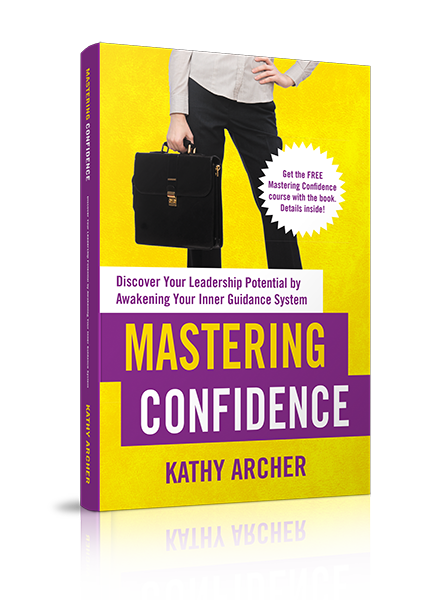
Available on Amazon
Archives
May 2024
|
|
Leadership TRAINING for Nonprofit Leaders
Become a confident and competent nonprofit Leader: Join The Training Library membership Executive and Leadership COACHING Leadership Coaching for Nonprofit Executives, Leaders and ManagerCoaching |
PODCAST for Nonprofit Leaders
The Surviving to Thriving podcast: Strategies, systems and support to lead your nonprofit with confidence FREE RESOURCES to Grow your Leadership Skills Free Leadership Training Resources, Worksheets and Templates |
Become a CONFIDENT LEADER
|

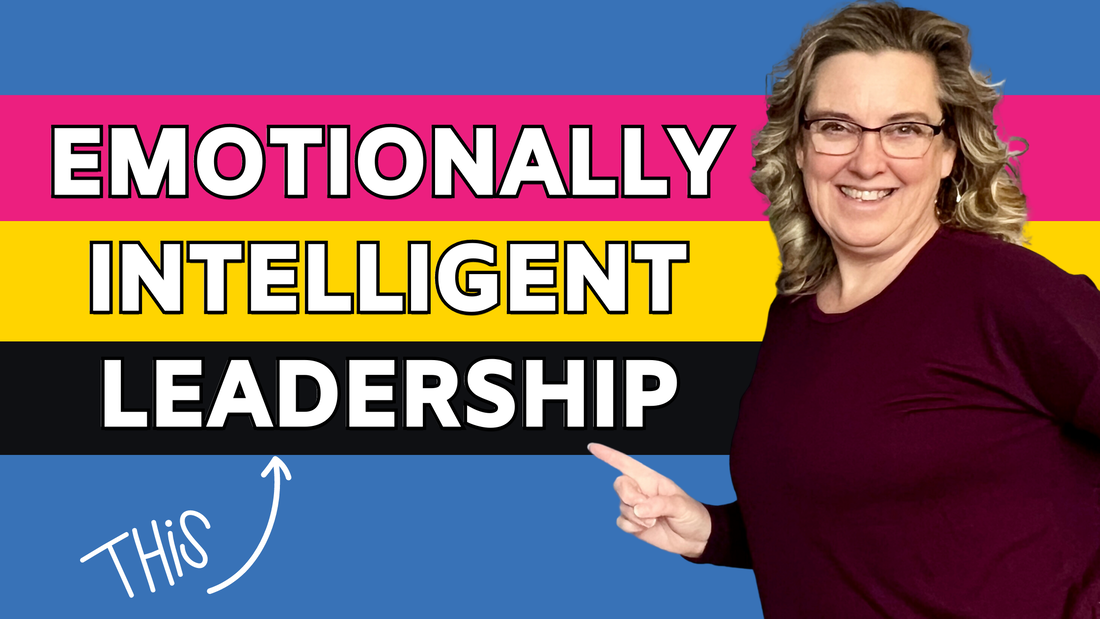
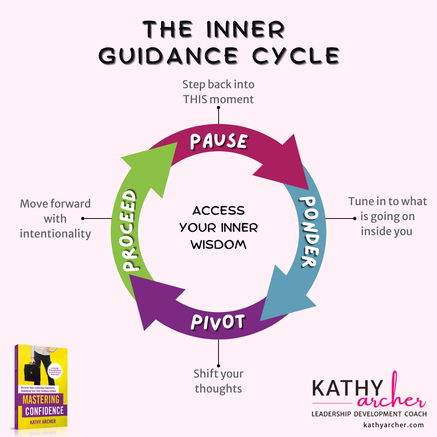
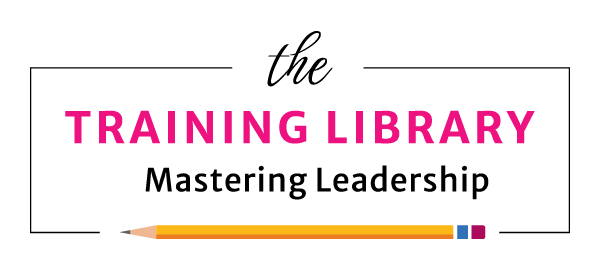
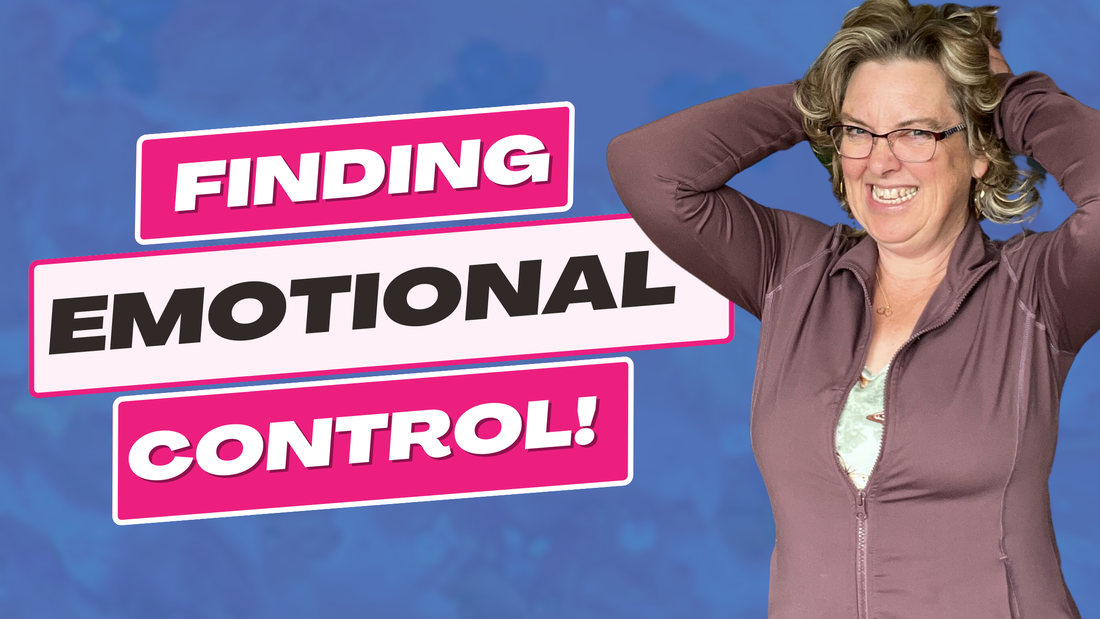
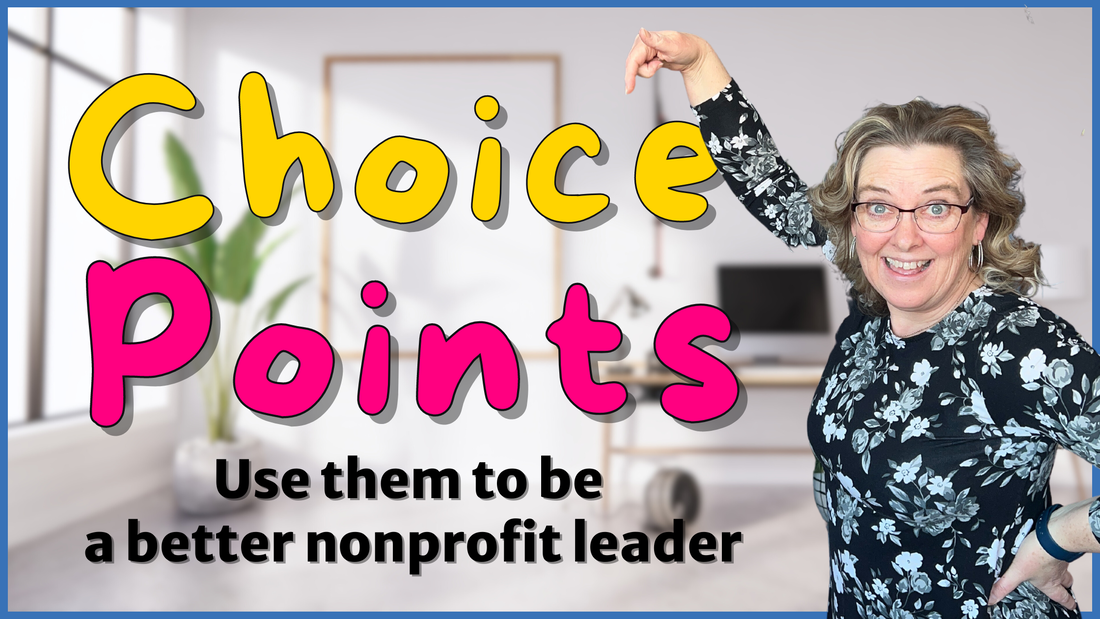
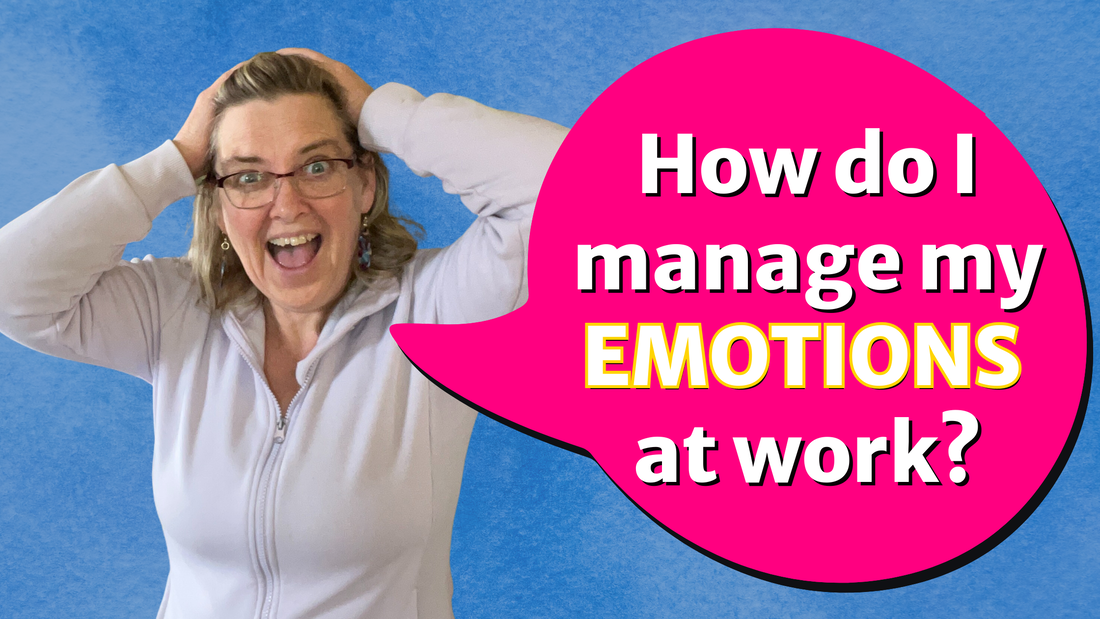



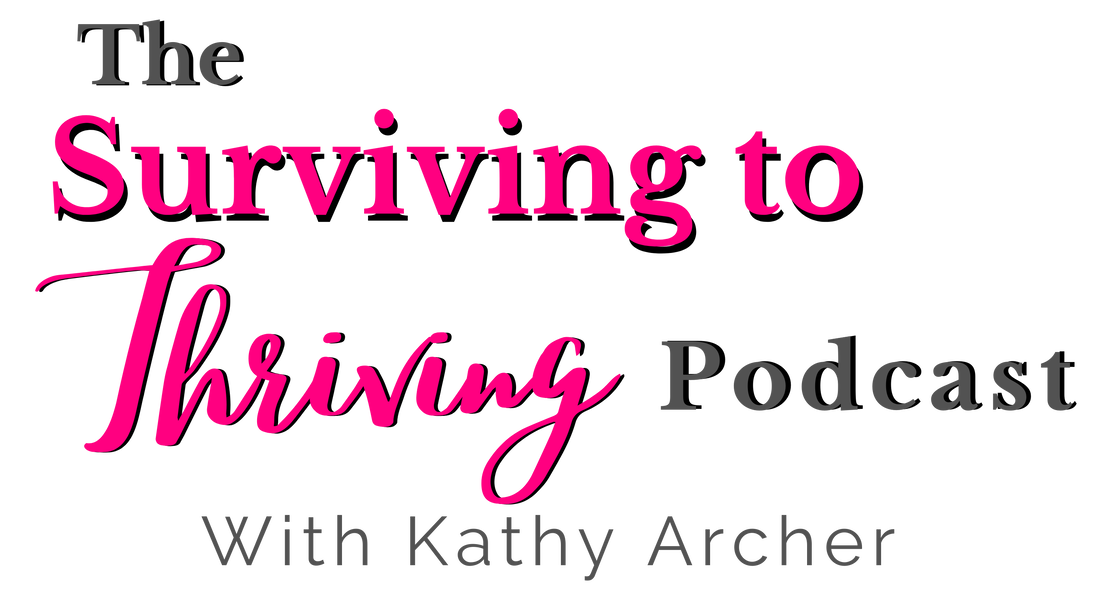
 RSS Feed
RSS Feed
